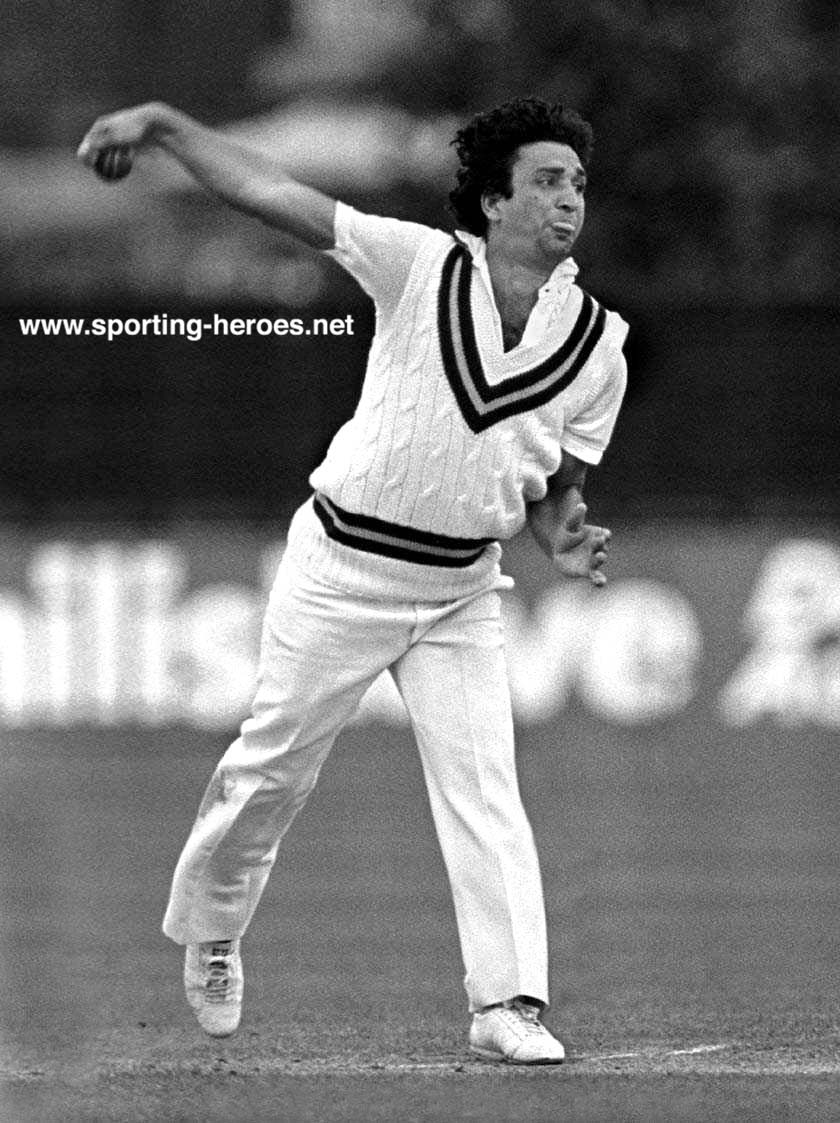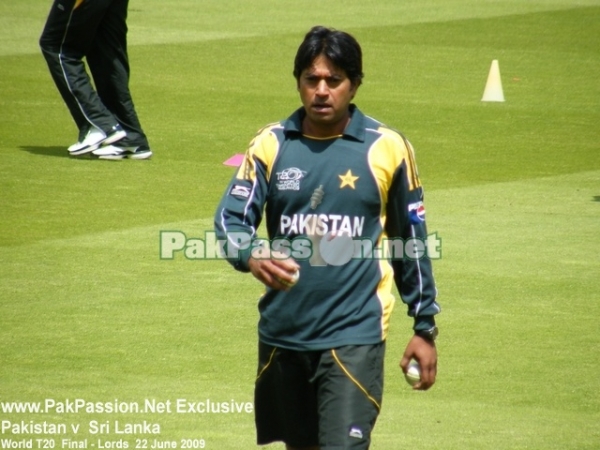
The Tomb of Allama Muhammad Iqbal is a simple but impressive structure located in Lahore, Pakistan in the Hazuri Bagh lawn between the Badshahi Mosque and the Lahore Fort where both the grand structures (the Mosque and the Fort) face each other.[1] Official guard is maintained by Pakistan Rangers. The architecture reflects a combination of Afghan and Moorish styles and is entirely constructed of red sandstone.[2] Hundreds of visitors come to the mausoleum every day to pay their respects to the poet-philosopher.[3]
He was one of the major inspirations behind the Pakistan Movement, and is revered in Pakistan as Muffakir-e-Pakistan (The Thinker of Pakistan) or Shair-e-Mashriq (The Poet of the East).[4] Iqbal died on April 21, 1938 in Lahore at the age of 60. Since the independence of Pakistan, an academy named after him (Iqbal Academy) has been established to promote and disseminate his poetical and philosophical messages and teachings. As another tribute, the recently renovated Lahore airport has also been named after him as Allama Iqbal International Airport.
Structure
The rectangular structure of the mausoleum has two gates at the eastern and southern side respectively, inlaid with marble. The grave is built of white marble. The tombstone is made of lapis lazuli and inscribed with Quranic verses in calligraphy. The tombstone was a gift from the people of Afghanistan. On the inside walls, six couplets of a ghazal are carved from Iqbal's peotical work Zabur-e-Ajam (Persian Psalms).[5] Outside, there is a small garden, distributed into small plots. The mausoleum was designed by Hyderabad Deccan’s then Chief Architect, Nawab Zain Yar Jang Bahadur and took thirteen years to build at a cost of about one hundred thousand (Rs.100,000) Pakistani rupees. The major reason for delay was the stoppage of red-stone from Jaipur in post-independence India.
Design and Construction
Soon after Iqbal’s death in April 1938, a committee was formed that was presided over by Chaudhary Mohammed Hussain.[7] The initial round of the designs submitted by distinguished architects was not satisfactory. The committee suggested to innovate a new combination rather than following a specific school of architecture. The final design, thus, broke away from Mughal tradition and comprised a combination of Afghan and Moorish architecture.
Construction Materials
Red sandstone was brought from Jaipur and building marble from Makrana, Rajputana. After independence, the construction process was affected due to export restrictions of red stone from India. Lapis lazuli for the tombstone, the same as used for Mughal Emperor Babur’s tomb, was received from the people of Afghanistan as a gift. Couplets and Quranic verses were selected, calligraphed and inscribed in Afghanistan.
Every year the mausoleum attracts a number of dignitaries, notables, and Muslim countries delegations, members of diplomatic corps, who pay their homage. It is said that Mustafa Kemal Atatürk sprinkled the earth from Maulana Rumi’s tomb on his grave.[6] Every day a large number of people visit the national poet’s tomb, offer fateha and sprinkle flowers.















- Follow Us on Twitter!
- "Join Us on Facebook!
- RSS
Contact